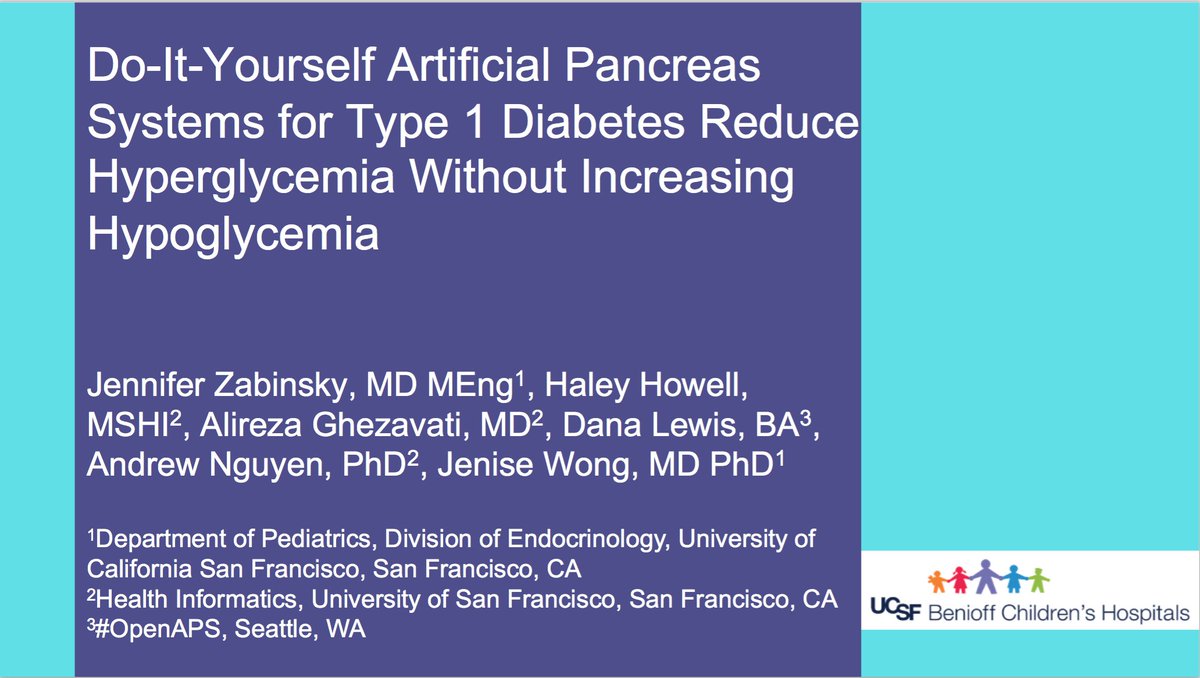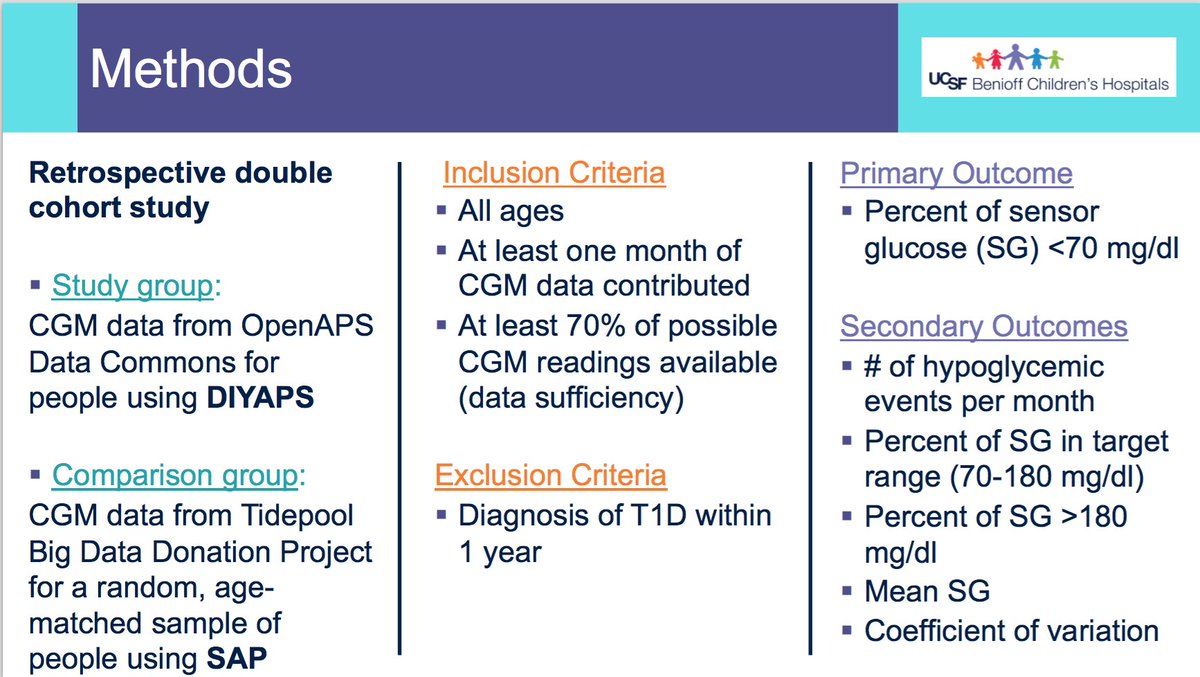ICYMI - we shared ideas earlier this week we called “CoEpi” for a community-based project to help track symptoms and spread of transmissible illnesses, and better inform individuals about their personal level of risk of things like #COVID19 or flu.
https://twitter.com/danamlewis/status/1232129855916888064?s=20
In the resulting discussions around the idea, we ran into @hamish_rodda who had a similar idea he was calling “FluSmart”. So we joined forces!
Together along with other individuals in the community (including @Rahatcodes), we’ve begun to build the prototype of #CoEpi.
Together along with other individuals in the community (including @Rahatcodes), we’ve begun to build the prototype of #CoEpi.
We’ve also continued to work on our ideas and have added some other features to the development roadmap in the future with regards to useful, context-driven (and location-change-driven) prompts for handwashing and future data integration (e.g. temperature monitoring).
Where we could use help right now:
1) Developers - We need people w/experience with cloud applications with backend data stores and flexible container-based front ends, & mobile app development experience (native iOS/Android/using something like #ReactNative) to help build #CoEpi
1) Developers - We need people w/experience with cloud applications with backend data stores and flexible container-based front ends, & mobile app development experience (native iOS/Android/using something like #ReactNative) to help build #CoEpi
2) Taking it further - we’re working on finishing content for the app, thinking through both privacy impact and managing expectations, and planning other communications efforts. If you want to & can help in any of those areas, let us know, too.
And of course, 3) stay tuned (co-epi.github.io/website/), we’ll keep everyone posted as we work toward a prototype and beta testing in our broader communities.
Thanks for all the interest and feedback so far as we continue to work on bringing #CoEpi alive for our communities!
Thanks for all the interest and feedback so far as we continue to work on bringing #CoEpi alive for our communities!
• • •
Missing some Tweet in this thread? You can try to
force a refresh










